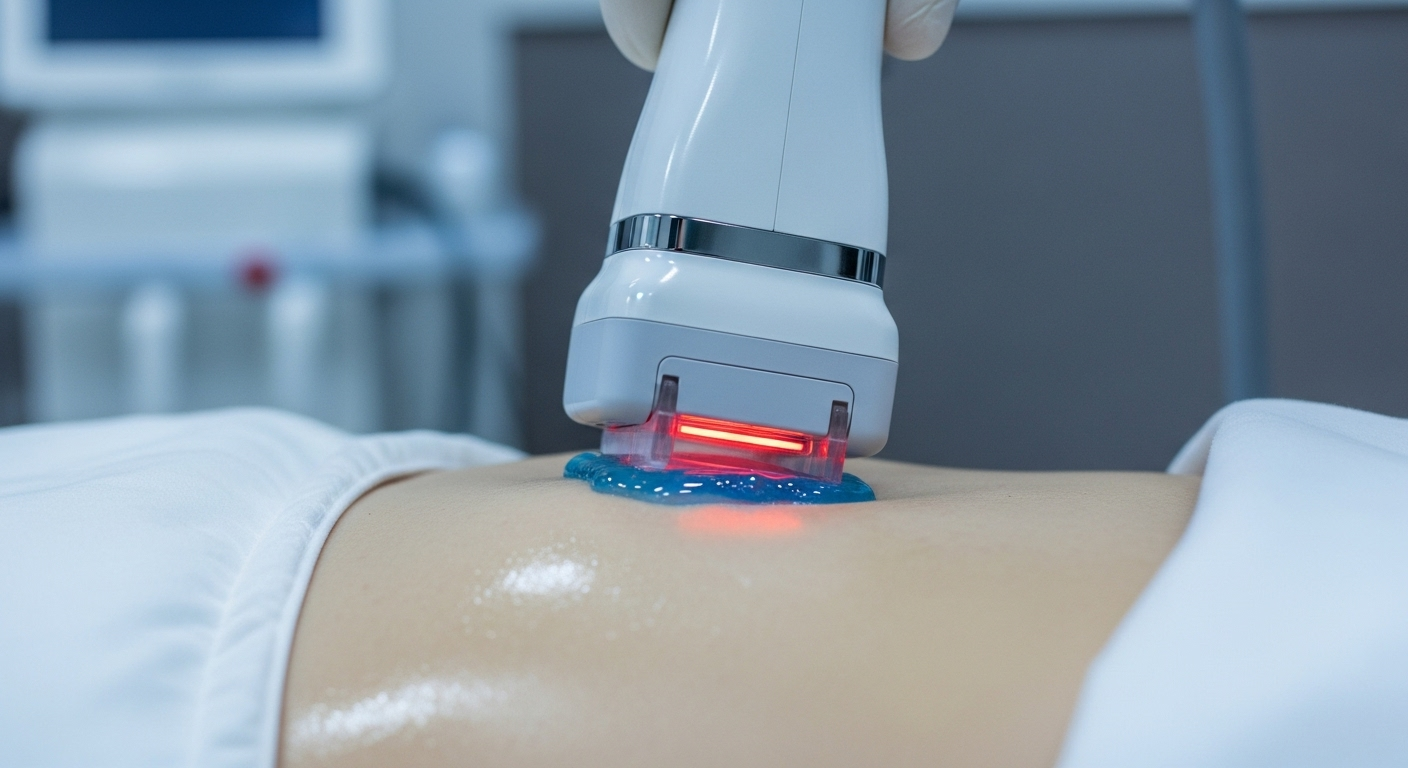Fractional CO2 laser treatment explained: Your comprehensive guide to smooth and radiant skin in 2025
As we step into 2025, the world of skincare continues to evolve, with fractional CO2 laser treatment remaining at the forefront of advanced skin rejuvenation techniques. This comprehensive guide will explore the intricacies of this cutting-edge technology, its applications, and what you can expect from the treatment. Whether you're dealing with fine lines, acne scars, or uneven skin texture, fractional CO2 laser treatment offers a powerful solution for those seeking smoother, more radiant skin.

What is fractional CO2 laser technology and how does it work?
Fractional CO2 laser technology is a revolutionary approach to skin resurfacing that combines the effectiveness of traditional CO2 lasers with a more targeted, less invasive technique. This advanced method uses a laser beam that is divided into thousands of microscopic treatment zones, targeting a fraction of the skin at a time. The laser creates tiny columns of controlled damage in the skin, stimulating the body’s natural healing process and promoting the production of new collagen and elastin.
Which common skin concerns can fractional CO2 laser treatment address?
Fractional CO2 laser treatment is incredibly versatile, addressing a wide range of skin concerns. Some of the most common issues it can help improve include:
-
Fine lines and wrinkles
-
Sun damage and age spots
-
Acne scars and other types of scarring
-
Uneven skin texture and tone
-
Enlarged pores
-
Stretch marks
This treatment is particularly effective for individuals looking to achieve overall skin rejuvenation and a more youthful appearance.
How safe is fractional CO2 laser treatment in 2025?
As we enter 2025, fractional CO2 laser treatment continues to be regarded as a safe and effective procedure when performed by qualified professionals. Advancements in laser technology have further improved its safety profile, with more precise targeting and better control over treatment parameters. However, it’s crucial to understand that while the treatment is generally safe, it’s not without risks. Proper patient selection, thorough pre-treatment evaluation, and adherence to post-treatment care instructions are essential for ensuring optimal results and minimizing potential complications.
What are the potential side effects and how long is the recovery process?
While fractional CO2 laser treatment is considered safe, it’s important to be aware of potential side effects. Common temporary side effects include:
-
Redness and swelling
-
Mild discomfort or a burning sensation
-
Itching or dryness
-
Temporary darkening or lightening of the treated area
The recovery process typically lasts 5-7 days, during which time the skin will heal and begin to reveal its improved texture and tone. Most patients can return to their normal activities within a week, although it’s crucial to follow post-treatment care instructions carefully, including avoiding sun exposure and using recommended skincare products.
What unique advancements in fractional CO2 laser technology can we expect in 2025?
As we look ahead to 2025, several exciting advancements in fractional CO2 laser technology are on the horizon. These innovations aim to enhance treatment efficacy while further minimizing downtime and potential side effects. Some notable developments include:
-
AI-assisted treatment planning for more personalized and precise procedures
-
Integration with other skincare technologies for comprehensive rejuvenation
-
Improved cooling systems for enhanced comfort during treatment
-
Faster treatment times without compromising results
-
More versatile devices capable of treating a broader range of skin types and concerns
These advancements promise to make fractional CO2 laser treatment even more accessible and effective for a wider range of individuals seeking skin rejuvenation.
How much does fractional CO2 laser treatment cost, and how does it compare to other options?
The cost of fractional CO2 laser treatment can vary significantly depending on factors such as the treatment area, the number of sessions required, and the provider’s experience and location. To give you a better idea of what to expect, here’s a comparison of fractional CO2 laser treatment with other popular skin rejuvenation options:
| Treatment | Average Cost per Session | Number of Sessions | Total Cost Estimate |
|---|---|---|---|
| Fractional CO2 Laser | $1,500 - $3,000 | 1-3 | $1,500 - $9,000 |
| Chemical Peels | $150 - $800 | 3-6 | $450 - $4,800 |
| Microneedling | $200 - $700 | 4-6 | $800 - $4,200 |
| Non-ablative Laser | $750 - $2,000 | 3-5 | $2,250 - $10,000 |
Prices, rates, or cost estimates mentioned in this article are based on the latest available information but may change over time. Independent research is advised before making financial decisions.
While fractional CO2 laser treatment may seem more expensive initially, it often requires fewer sessions to achieve significant results compared to other treatments. Additionally, the long-lasting effects of the treatment can make it a cost-effective option in the long run. However, it’s essential to consult with a qualified provider to determine the best treatment plan for your specific skin concerns and budget.
In conclusion, fractional CO2 laser treatment continues to be a powerful tool in the quest for smoother, more radiant skin in 2025. With its ability to address multiple skin concerns simultaneously and ongoing technological advancements, it remains a top choice for those seeking significant skin rejuvenation. As with any cosmetic procedure, it’s crucial to consult with a board-certified dermatologist or plastic surgeon to determine if fractional CO2 laser treatment is the right option for you and to ensure you receive safe, effective care.
This article is for informational purposes only and should not be considered medical advice. Please consult a qualified healthcare professional for personalized guidance and treatment.




